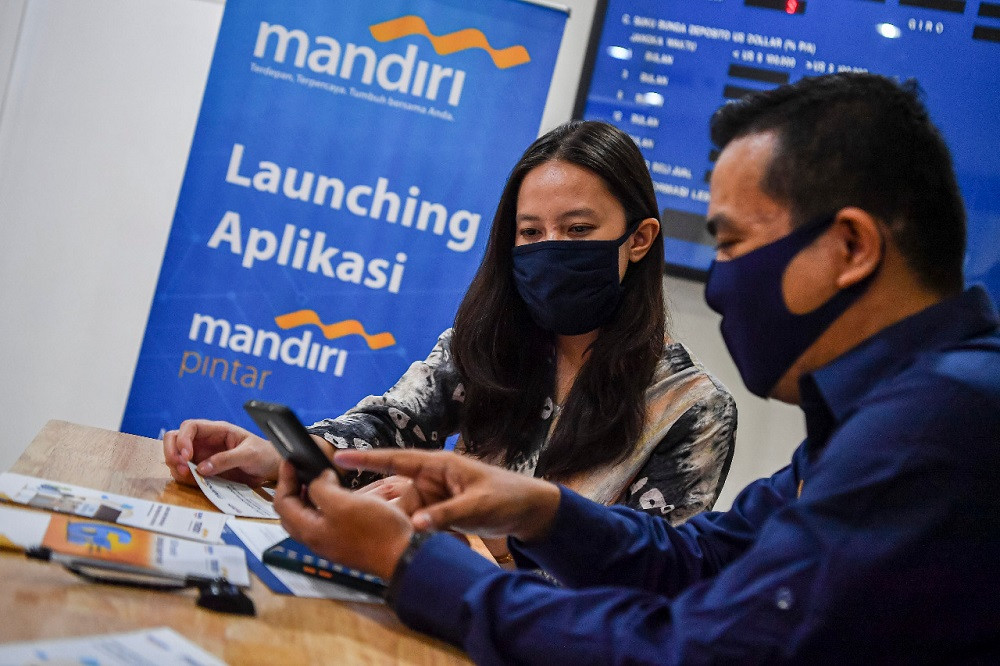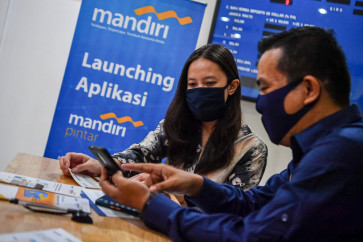Popular Reads
Top Results
Can't find what you're looking for?
View all search resultsPopular Reads
Top Results
Can't find what you're looking for?
View all search results[ANALYSIS] Digital bank: Serving the underserved
The shift from cash to noncash transactions has become the key for financial institutions to keep their business competitive and resilient at the same time.
Change text size
Gift Premium Articles
to Anyone
W
e all know that the disruption caused by financial technology (fintech) has created a push factor for traditional banks and other financial institutions to revamp their business model and services. The emergence of the internet economy, which has accelerated during the pandemic, has significantly changed people’s behavior.
Customers, especially millennials and the younger generation, prefer noncash transactions. The shift from cash to noncash transactions has become the key for financial institutions to keep businesses competitive and resilient at the same time.
Without innovation and technological enhancements in financial services, traditional banks will lose their competitive advantages as they will not be able to serve future customers. From this point, I think the disruption triggered by fintech companies has made traditional banks realize that there is ample room for innovation in the heavily regulated market.
That is why the term digital or full-digital bank is growing in popularity as banks are racing to have digital services or establish a separate entity to embrace digitalization and to retain their millennial customers.
To provide some perspective on how digitalization accelerated in 2020, we can compare the transaction value of debit and credit cards with electronic money. In 2019, the average electronic money monthly transaction value was below Rp 15 trillion (US$1.04 billion). The figure jumped to Rp 17 trillion in 2020, especially after the economy reopened in the second half of 2020.
The value was relatively small compared to card transactions, which reached more than Rp 570 trillion in monthly transactions, an increase of 1 percentage point when compared to the previous year. However, looking at size, the increment of Rp 2 trillion in monthly transactions in 2020 was a huge nominal value. Digital financial institutions and e-commerce platforms have gained most of the benefits from the increase in electronic transactions.
The fact that digitalization has great unrealized potential and benefits to businesses has made traditional banks willing to transform their business into digital banks. China is considered as the first country to have introduced digital banks as it has Ant Financial Services, JD Finance and Tencent Financial as the biggest digital banks.


















